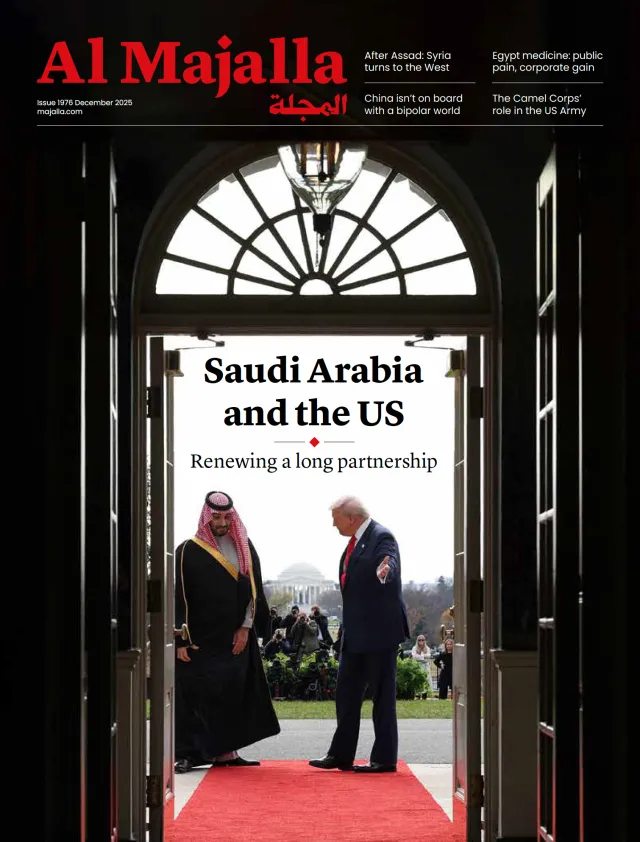US President Donald Trump’s hopes that his seven-point plan for ending the war in Ukraine largely rests on whether he can persuade Ukrainian President Volodymyr Zelenskyy to accept terms which breach some of Kyiv’s most important red lines, especially concerning the future status of Crimea.
While Trump has intimated that he regards the plan drawn up by US special envoy Steve Witkoff as his “final offer,” there is clearly still much room for further negotiations, as both Zelenskyy and Russian President Vladimir Putin weigh the implications of signing the deal.
While Putin has indicated that he may be willing to agree to a ceasefire along the existing front lines on the Ukrainian battlefield in return for major concessions from the US, such as formal US recognition of Russia’s sovereignty over Crimea, as well as easing the punitive economic sanctions that have been in place since 2014.
Cautious approach
Zelenskyy, by contrast, has been more cautious, indicating that his primary concern is to reach a ceasefire, while deferring discussions on other issues, such as the future status of Crimea and the territory occupied by Russian forces in eastern Ukraine, until the next round of negotiations.
Indeed, Zelenskyy’s disinclination to discuss Trump’s seven-point plan in its entirety was given as the main reason that US Secretary of State Marco Rubio, together with Witkoff, decided to withdraw from talks scheduled to be held in London this week to discuss the US peace initiative.
Zelenskyy’s desire to focus almost entirely on implementing a ceasefire in the Ukraine conflict stems from his deep unease about the terms on offer in Trump’s peace framework, which requires Kyiv to agree to surrender its sovereignty over both Crimea and Russian-occupied eastern Ukraine. He has previously ruled out accepting Russia’s occupation of Crimea, as well as its occupation of parts of four regions in eastern Ukraine, which Moscow first seized during its initial invasion of Ukraine in 2014.




